Islamic Art from The David Collection | Part II
The David Collection in Copenhagen, Denmark houses the most important collection of Islamic art in Scandinavia. The fine online curation of this stellar gathering of objects offers multiple intriguing pathways to explore the art history of the Islamic world. In this offering, we shine a light on a selection of exemplary works from four categories within the collection — Ceramics, Glass, Stone and Stucco, and Ivory, Wood, and Papier-mâché.
Ceramics
Within the field of ceramics, China was the great source of inspiration for the Middle East. Although Muslim potters never managed to make coveted porcelain, they did invent tin-glazed earthenware: faience. They further developed fritware, introduced lustreware and underglaze painting, and mastered many other decoration techniques.
In 13th-century Iran, there were so many different types of ceramics that no comparable variation was found until the 19th century, in Europe.
Although ceramics can break, it does not decompose and cannot be recycled, so this is the group of works of art from the Islamic world that is best preserved.
Glass
The Roman Empire had fostered unexcelled glassmakers, but many of their techniques were forgotten with its decline. Over the centuries, nearly all of the techniques were revived and some were further developed by Muslim glassmakers.
The many methods include the millefiori technique, overlay glass, sandwich glass, marvered and pinched glass, lustre and enamel decoration, various kinds of cutting and engraving techniques, and methods for making simpler types, such as blown and molded pieces.
Stone and Stucco
Stone can be categorized into three groups: gemstones, semi-precious stones, and coarser varieties.
Gemstones cut in different ways were used to embellish jewelry and weapons. Semi-precious stones such as rock crystal, jade, carnelian, and jasper were used to make small, finely worked luxury items, from jugs to dagger hilts, but also for seals. In addition, they were employed as an inlay material for pietra dura work.
Marble, alabaster, and sandstone are the varieties of stone that were most often utilized for architectural decorations, from capitals and wall reliefs to jalis and inscription panels. They were also used for other sculptural purposes, for example, tombstones and fountains.
Stucco is an artificial material that consists of lime, marble dust, and gypsum. It was used extensively for wall decorations in both low and high relief in Iraq and Iran during the 8th and 9th centuries. The stucco technique perhaps reached its culmination in Nasrid Spain.
Ivory, Wood, and Papier-mâché
In many ways, the same techniques are employed for ivory and wood when they are used for artistic embellishments. They can remain undecorated or can be carved, painted, or inlaid.
An object made from a single piece of ivory cannot exceed the size of the tusk, whether the ivory comes from an elephant or a walrus. Wood, in contrast, can be used for both small objects and very large architectural elements.
Although artists in the Islamic world had an abundant supply of both Indian and African ivory, the material was costly. The availability of wood varied more. In certain regions, the material was common, in others so costly that wood from old structures was reused, even small pieces, for example, combined in geometric panels or as inlaying material.
Papier-mâché is a cardboard-like substance made from paper pulp that was most often used for small objects, which were painted and lacquered.
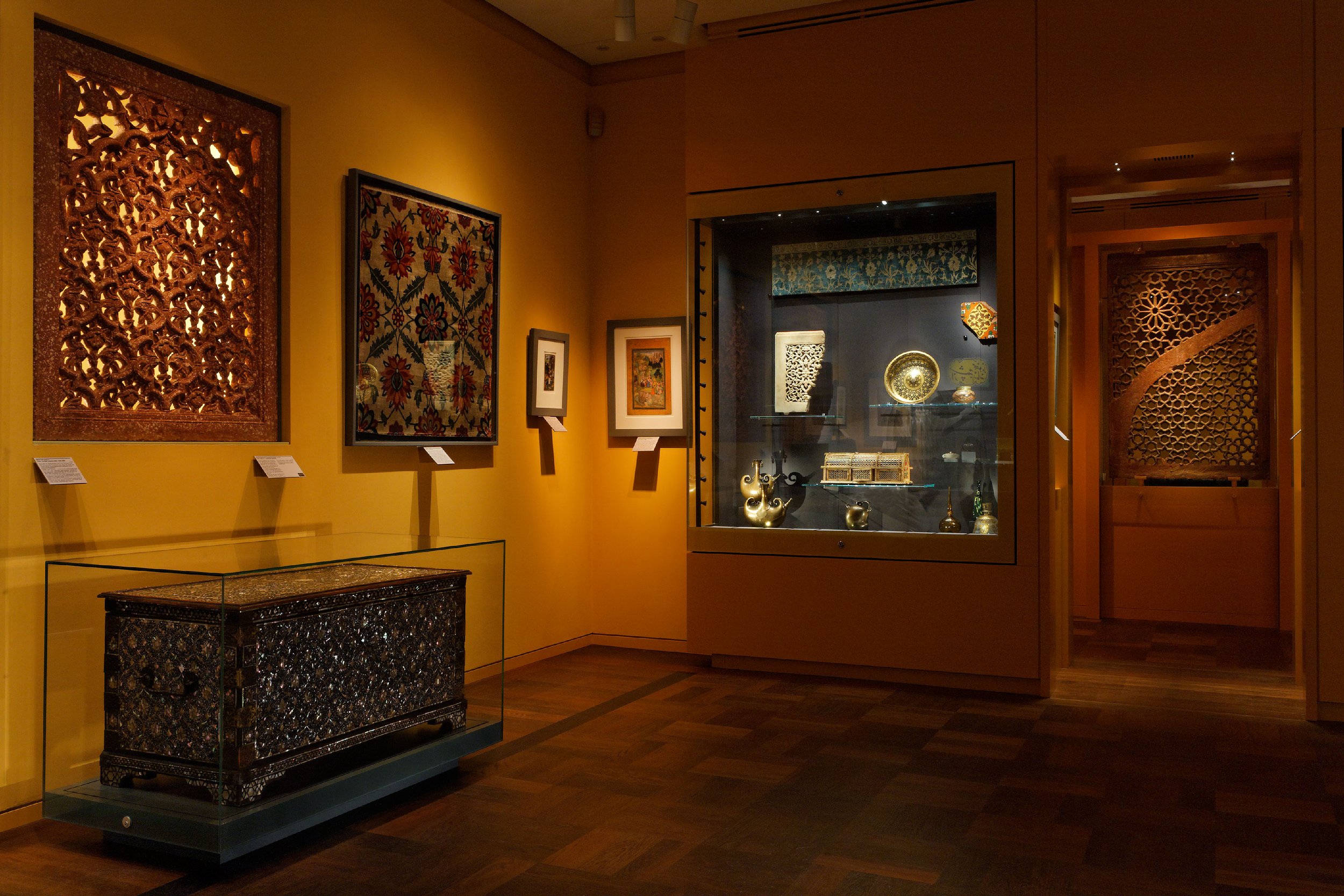
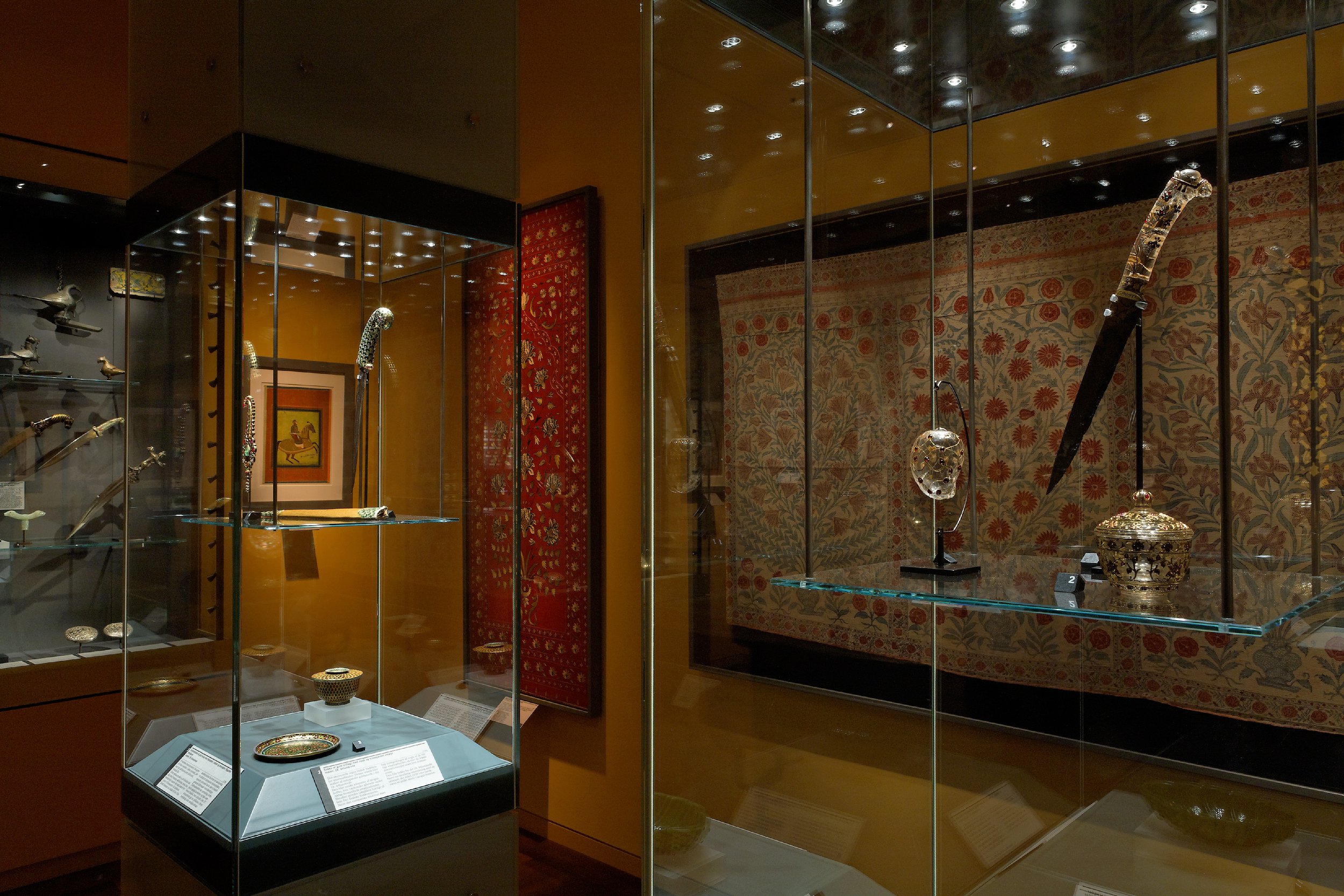
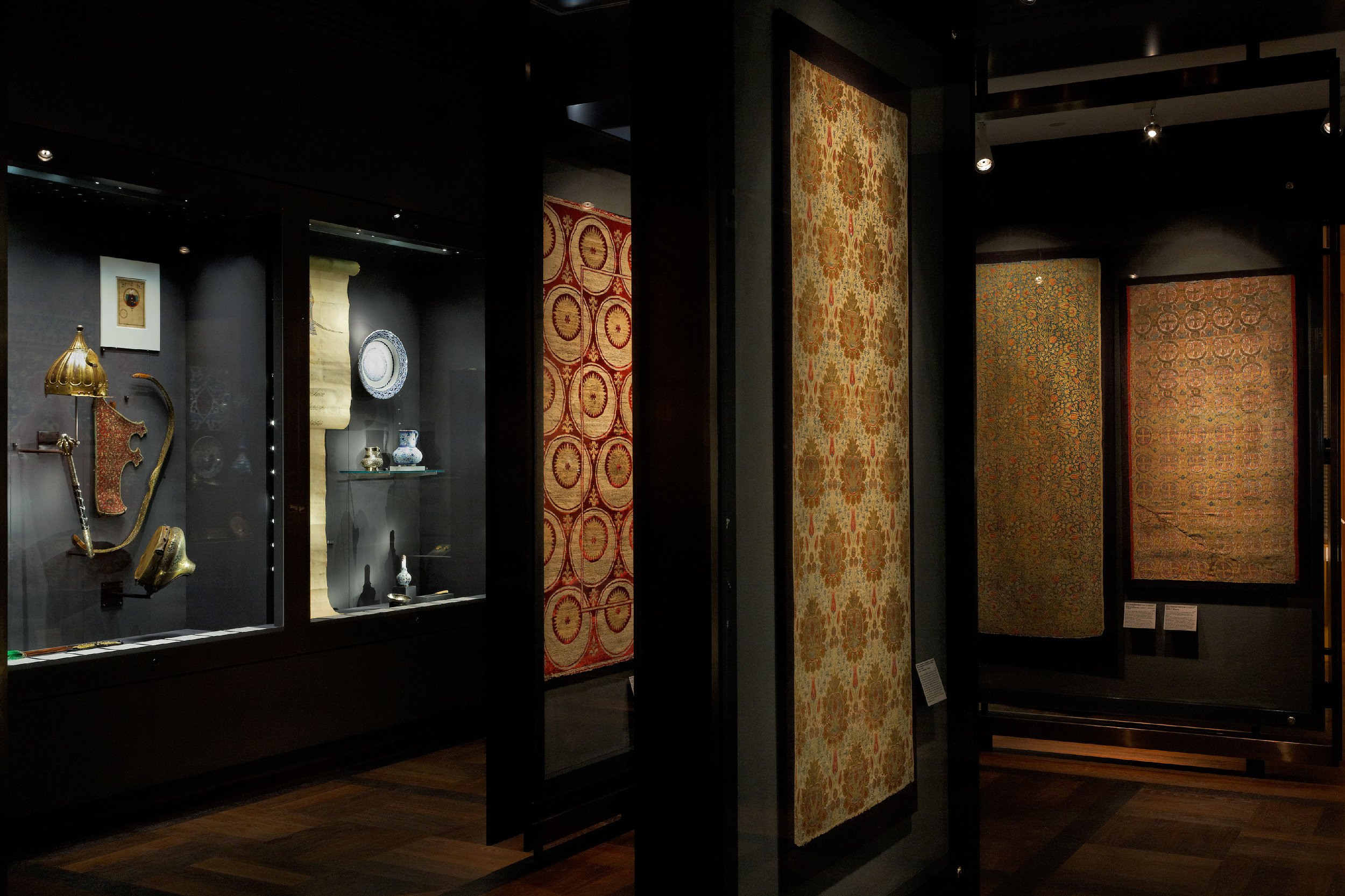
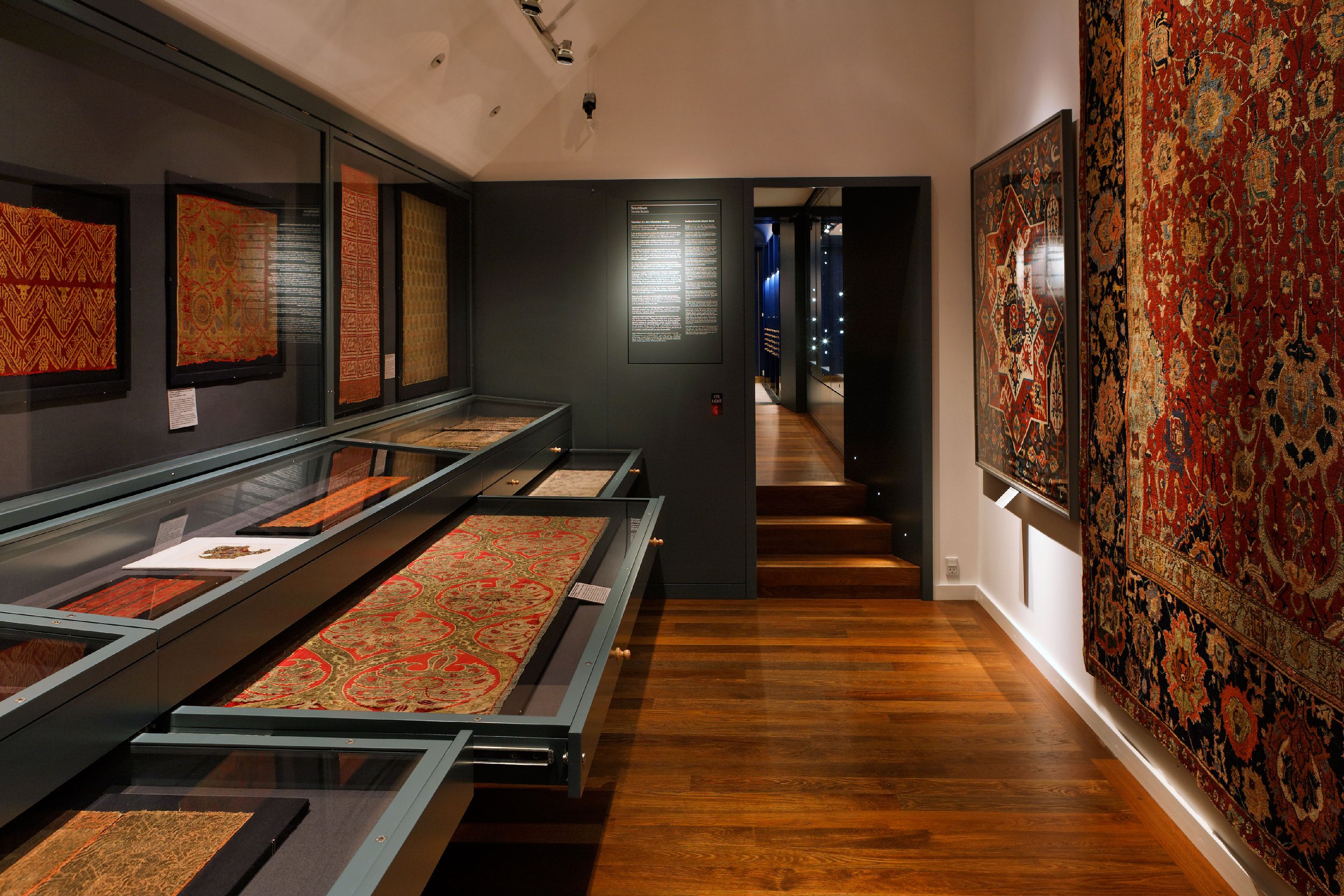

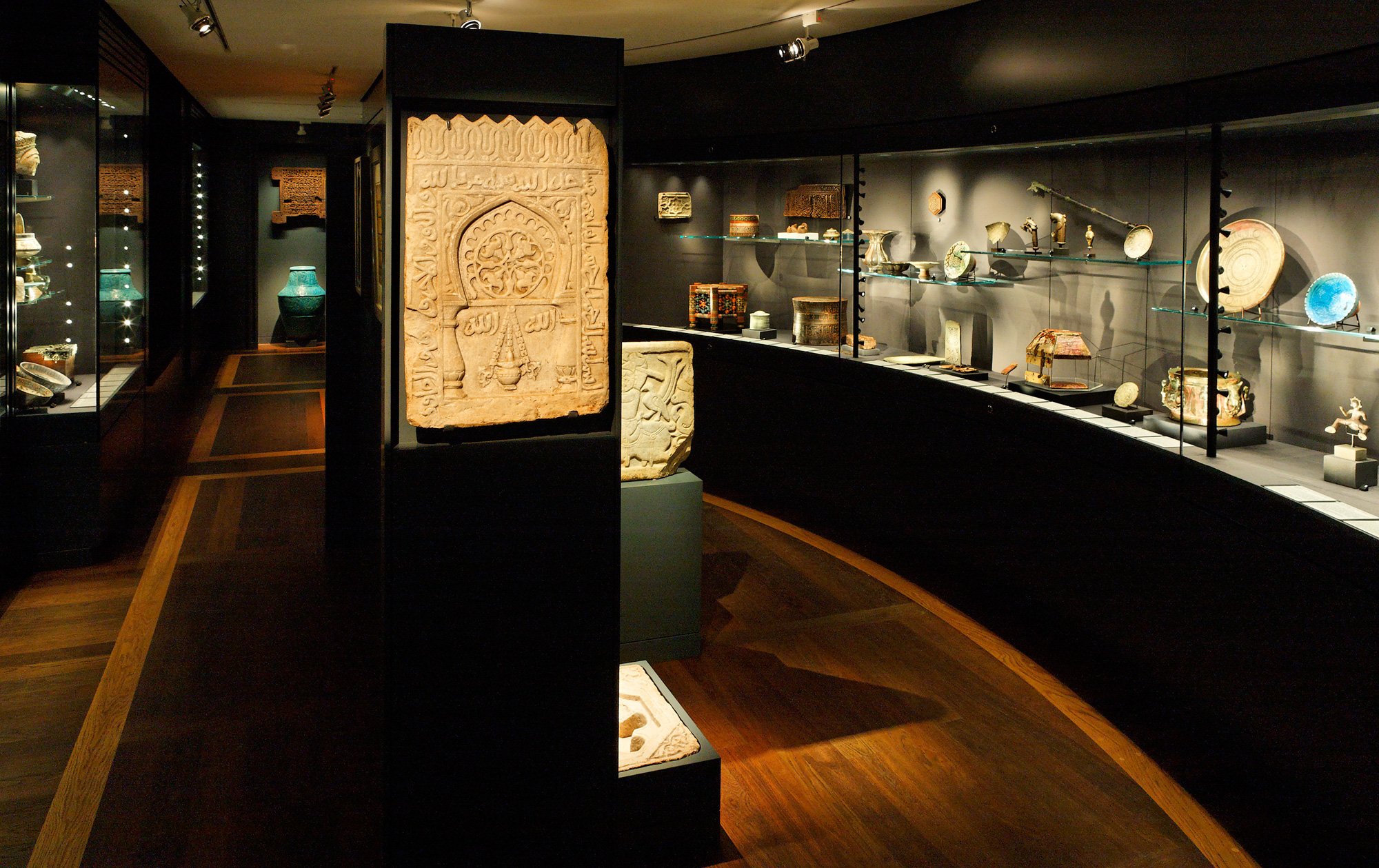
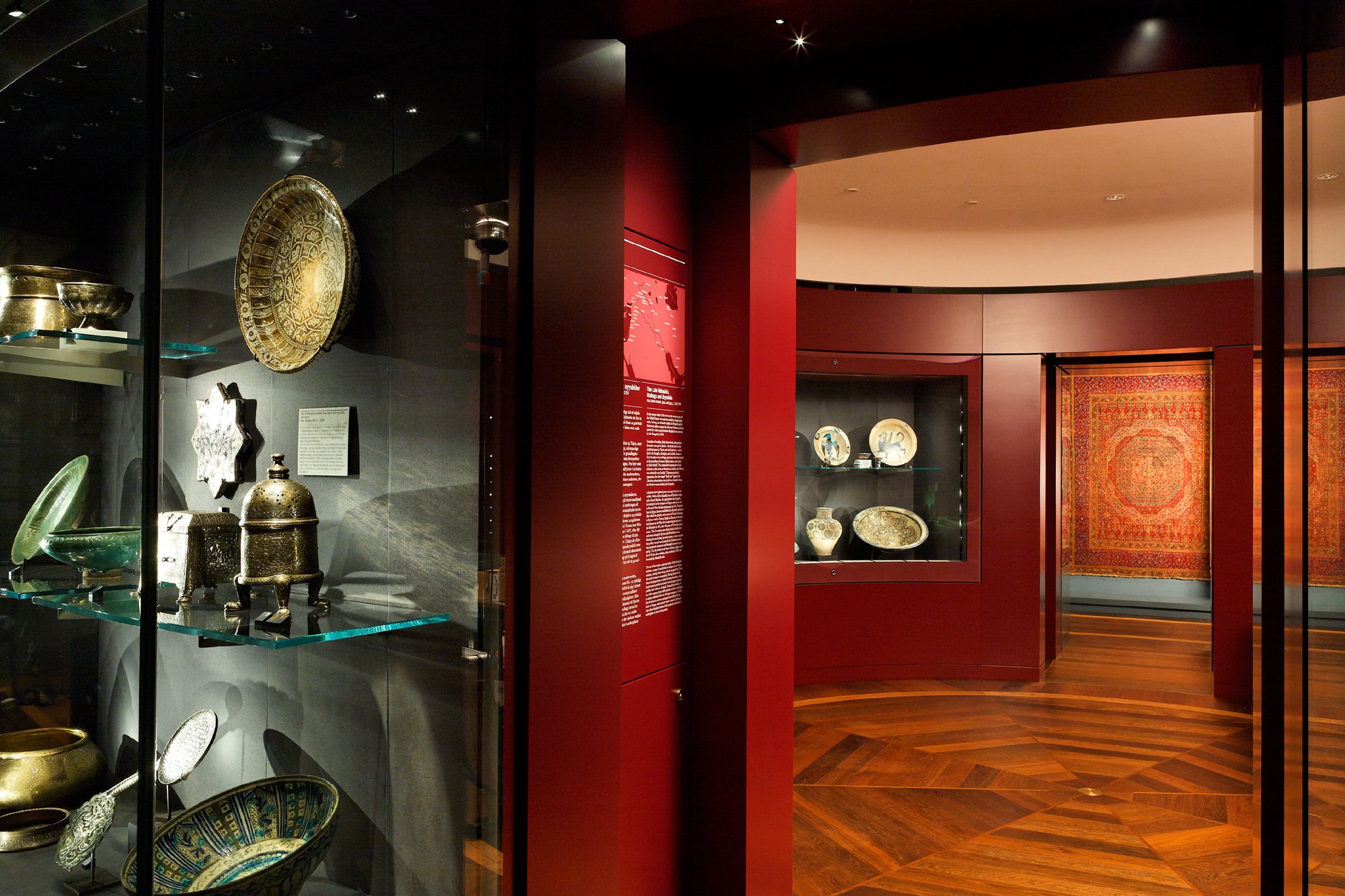
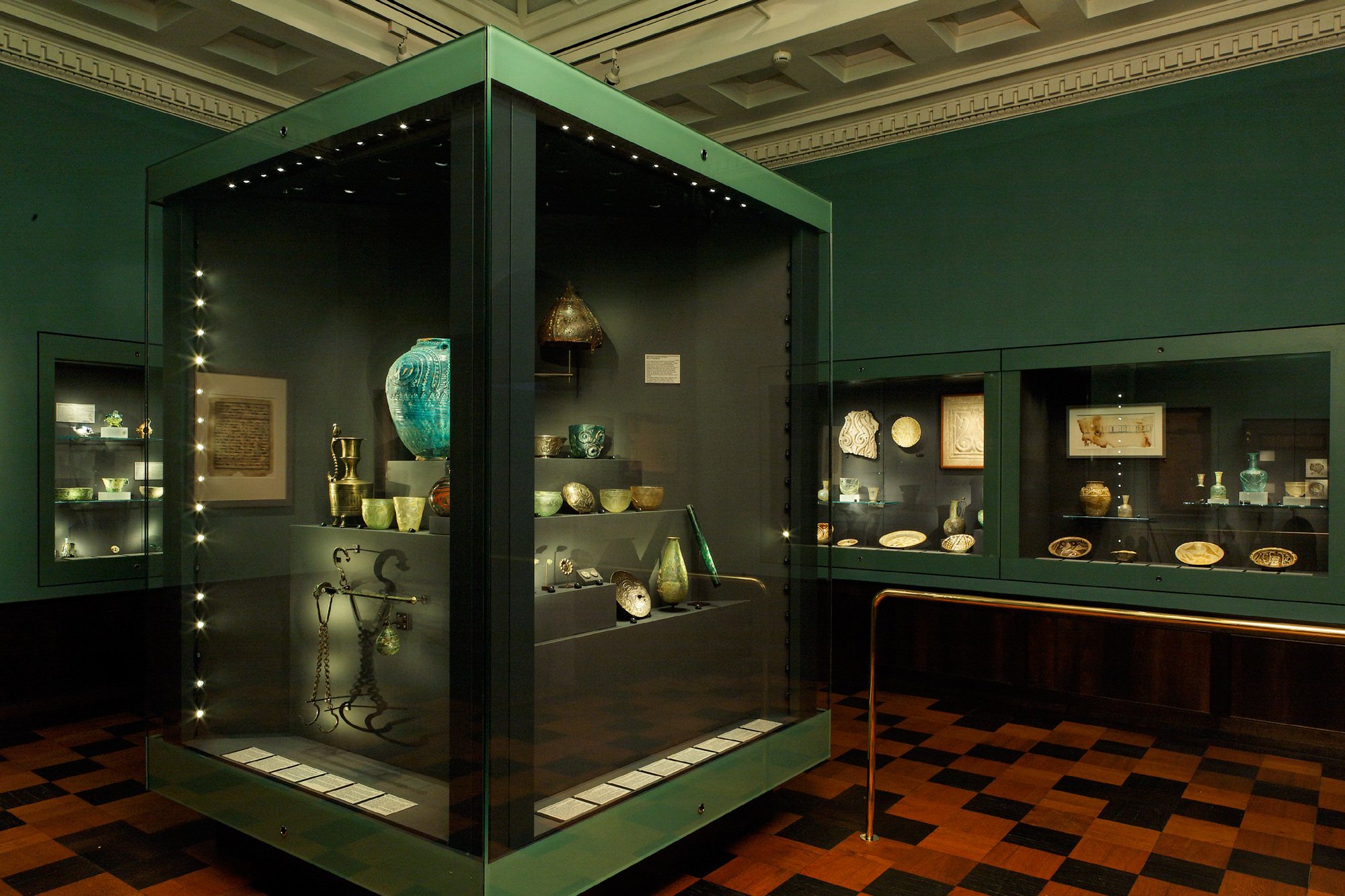
Art of the Ancestors extends a special thank you to The David Collection and Sonja Wiesener.
All images and texts included in this feature have been graciously provided by The David Collection and photographer Pernille Klemp.

